Green hydrogen is believed to be a breakthrough in addressing the challenges of energy transition and decarbonization in sectors where emissions are difficult to reduce, Read more on CNN Indonesia.
Fabby Tumiwa, CEO of the Institute for Essential Services Forum (IESR), said that high electricity prices are one of the factors hindering the use of green hydrogen. If the price of renewable energy electricity can be below 4 cents/kWh, green hydrogen will be able to compete with grey hydrogen or hydrogen from fossil fuels. Read…
The development of green hydrogen continues to progress. Read more on Kontan.
The green hydrogen project in Ulubelu, Lampung, by PT Pertamina Geothermal Energy Tbk, marks an important step in Indonesia's energy transition. Read more on Bisnis Indonesia .

Jakarta, September 12, 2025 – In addition to its emission reduction targets outlined in its Nationally Determined Contribution (NDC), Indonesia, through President Prabowo Subianto's vision, also aims for energy security and independence. To achieve this, comprehensive decarbonization of all emission-producing sectors is essential.
The Institute for Essential Services Reform (IESR) assesses that the widespread…
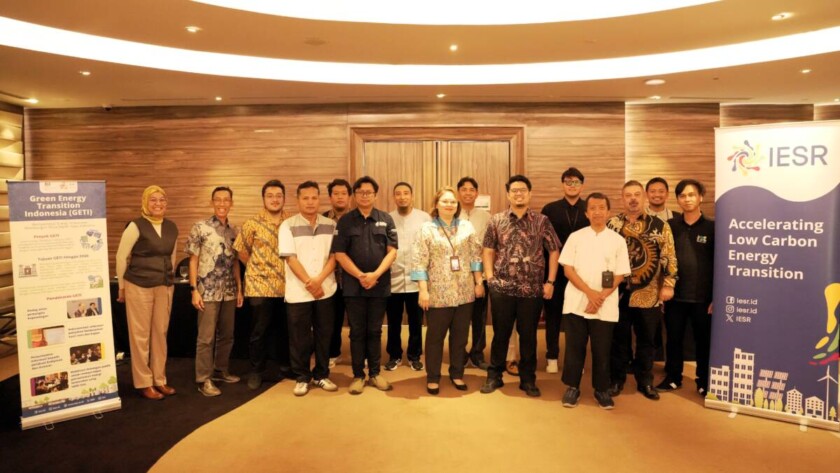
Jakarta, July 18, 2025 - The Indonesian government launched the National Hydrogen Strategy (SHN) in 2023 and the National Hydrogen and Ammonia Roadmap in 2025 as part of its efforts to promote hydrogen development, including green hydrogen. To support these initiatives, the Institute for Essential Services Reform (IESR) established the Indonesian Green Hydrogen Community (KH2I)…
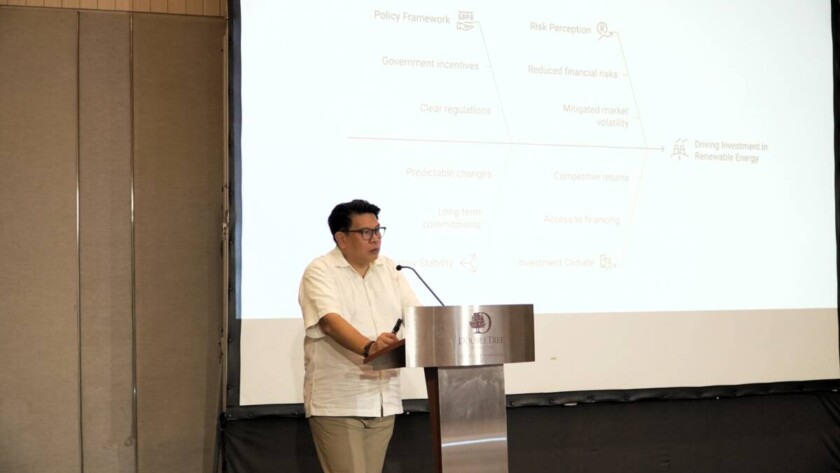
Jakarta, March 27, 2025 - Utilizing green hydrogen will help Indonesia achieve its net zero emission (NZE) target by 2060 or sooner through its use in the electricity, industrial and transportation sectors. Green hydrogen production will accelerate the development of renewable energy generation and support mitigation strategies in user sectors where emissions are difficult to…
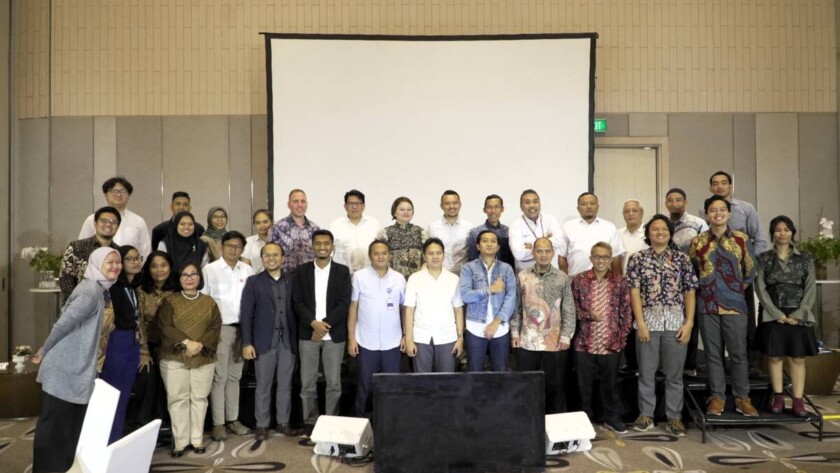
Jakarta, 24 March 2025 - The use of hydrogen is one of the solutions to reduce carbon emissions and support decarbonization, in line with Indonesia's commitment to realizing national energy security as part of Asta Cita, which emphasizes that energy security is not only a necessity, but also a prerequisite for independence.
Coordinator of Services…
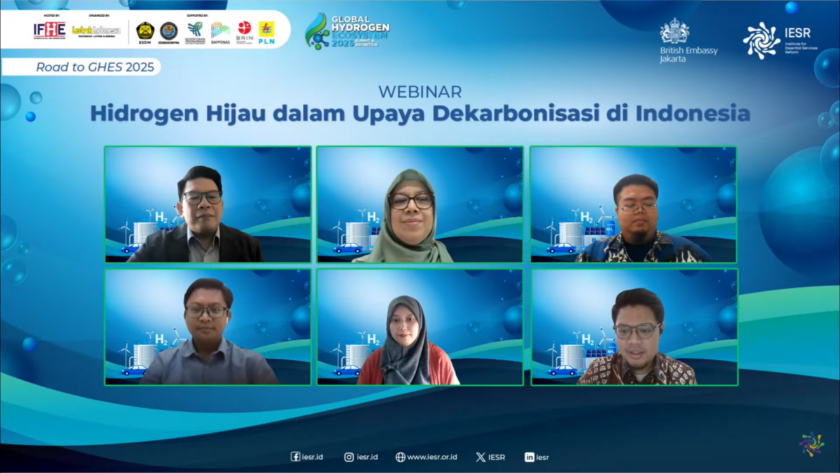
Jakarta, March 18, 2025 - Decarbonization of the energy system needs to be carried out quickly and comprehensively. The use of technology that has proven its effectiveness and economic scale is important. In addition, development and innovation for new, more mature and efficient technologies need to be carried out continuously. Hydrogen is one example of…
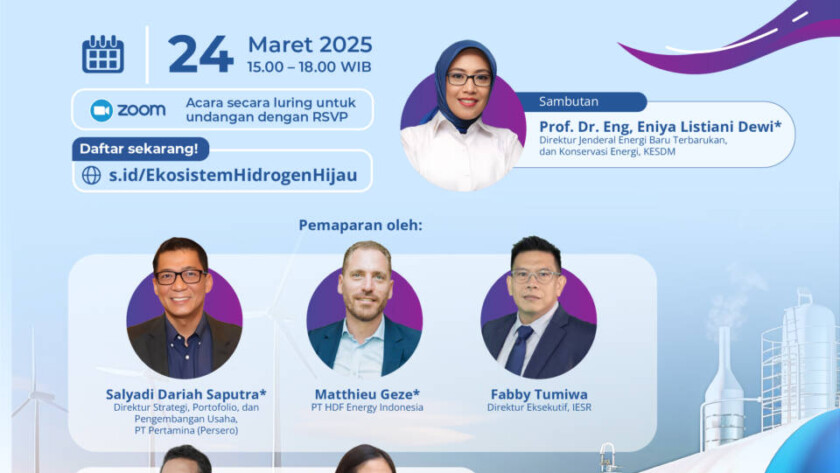
Replay Event
Registration Link Komunitas Hidrogen Hijau Indonesia (KHHI)
Background
Indonesia has set an ambitious target of decarbonizing its energy system by 2060 or sooner. Utilizing renewable energy, reducing fossil energy consumption and decarbonizing the transportation and industrial sectors are the main strategies to achieve this goal. However, the energy transition is not without…
The European Commission says 41 cross-border energy projects will receive €1.25 billion ($1.3 billion) in funding, with one-fifth allocated to hydrogen, while Lhyfe has started building its fifth hydrogen production site in northern France, set to provide green hydrogen by 2026. Read more on PV Magazine.
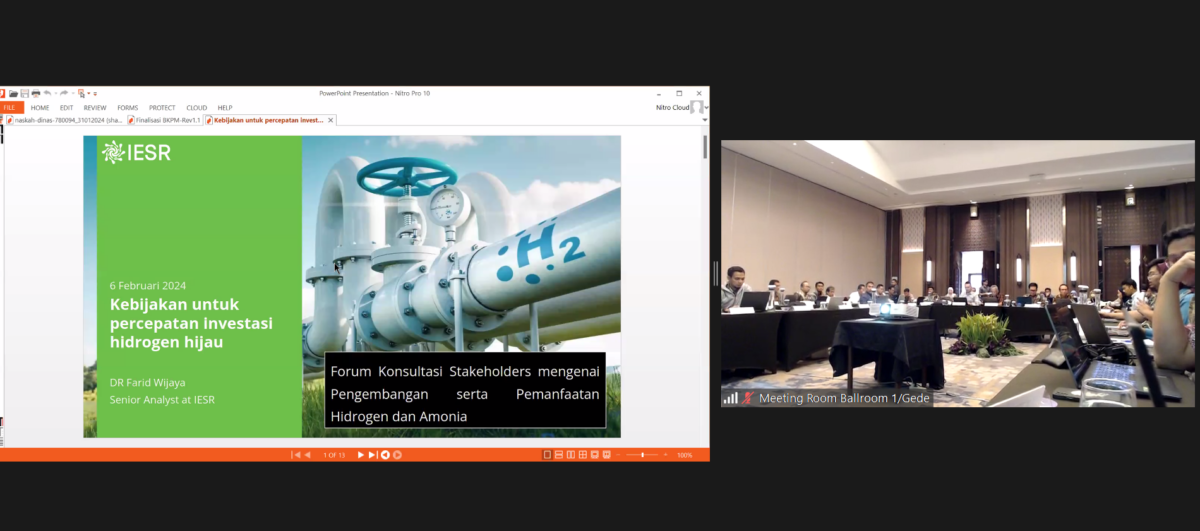
Bogor, February 6, 2024 - In facing the increasingly urgent challenge of climate change, one of the crucial steps that must be taken is to accelerate investment in clean energy technologies. One of the most prominent recent innovations is the development of green hydrogen. Based on data from the Ministry of Energy and Mineral Resources…
